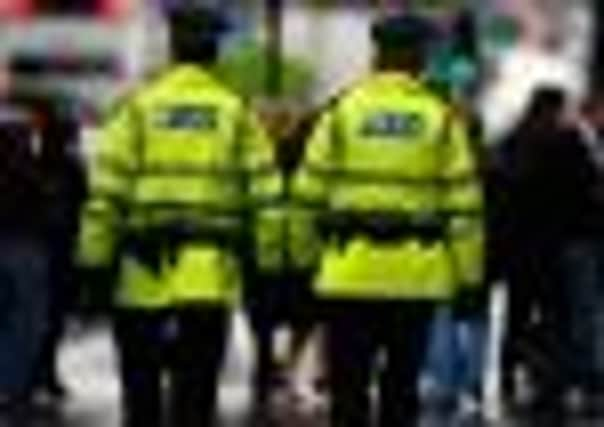Scotland’s single police force to be split into 14 local units


Each division will be headed by a chief superintendent, known as a local policing commander, who will have responsibility for delivering a service that will be developed in conjunction with members of the public.
The new divisional command structure, covering the whole country, will replace the current system, under which eight chief constables are in charge of eight regional forces.
Advertisement
Hide AdAdvertisement
Hide AdDetails of the new structure follow concerns that a single force would concentrate too much on policing the cities and Central Belt at the expense of rural areas and low-level crime, which causes misery in many communities.
Between them, the 14 divisions will cover all 32 Scottish local authority areas. When broken down further, it is hoped local people will be able to influence policing plans created to suit each of the 353 multi-member wards into which Scottish local government is divided.
Each division will be given flexibility in how it achieves this. Some may choose to build on existing models, such as the Police and Communities Together (Pact) system devised by Central Scotland Police.
Pact aims to give people the chance to discuss policing priorities with local officers at community council meetings or area surgeries. The public are then updated with progress and results.
Local authorities may also choose to set up panels that include councillors and representatives from communities.
The plans were set out by the chief constable of the new single force, Stephen House, in a meeting in Edinburgh yesterday with chief executives of local authorities.
Mr House said: “Local policing drives what we as police officers do and is at the very heart of delivering a responsive, demand-led service that truly reflects the needs of the local communities.
“Reform allows us an opportunity to provide a consistency of approach to policing across the whole country.
Advertisement
Hide AdAdvertisement
Hide Ad“Keeping people safe is our priority and, with crime at a 37-year low, I want officers to be visible, accessible and working closely with those they serve to help build public confidence.”
He added: “We operate differently across our communities to reflect local needs. Policing needs are different in Maryhill and Mull. Policing in Perth is not the same as in Peterhead. By setting out our clear intentions at a local level, we can be held accountable for our results, for what we deliver.”
The initiative was welcomed by politicians.
South Scotland Labour MSP Graeme Pearson, a former head of the Scottish Drug Enforcement Agency, said: “The big fear is that all resources are diverted to the big cities and local policing becomes denuded and local low-level crime is ignored in favour of a national agenda. So I think this is a good idea, which we have been pushing for right from the start. We want to see local groups have some power and influence.”
Last week, Mr Pearson expressed fears that the operational independence of the new force was being undermined by the Scottish Police Authority (SPA), the body set up to scrutinise it. The former police officer was concerned that the SPA would have control over finance and staffing.